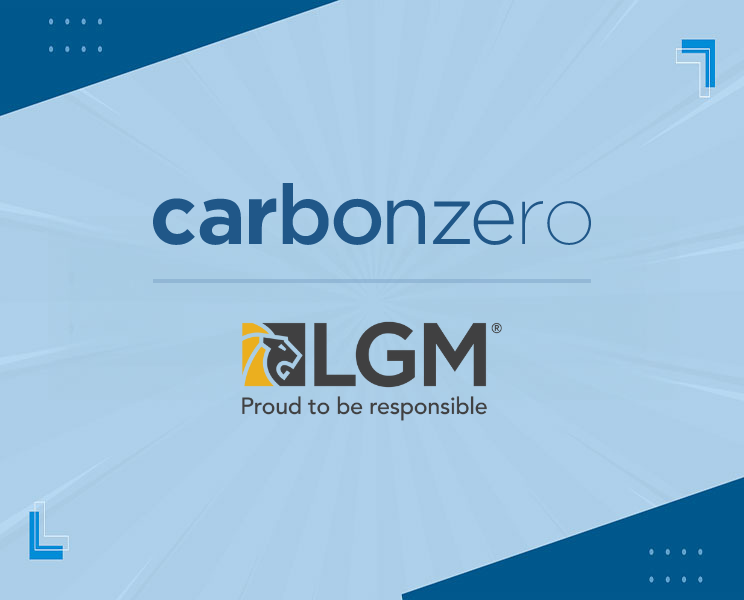As originally appeared in Autosphere on January 31, 2023.
Sound strategies that work in both good times and bad.
Service is the backbone of any dealership’s operations. Whether economic times are good, or bad, customers need to have their vehicles serviced and maintained. Not only that; but an effective and well-run service department leads to long-term customer retention, which positively impacts other areas of the business, including new and used vehicle sales.
This becomes particularly evident during times of economic uncertainty. During the Great Recession of 2008-09, many dealers looked to strengthen fixed operations in the wake of declining new vehicle sales and margins. Today, multiple challenges, from ongoing inventory shortages to high inflation and rising interest rates, are all impacting automotive retailing.
Long-term benefits
And yet, dealers that have and continue to focus on building long-term service retention will not only navigate these uncertain times; but emerge stronger and more profitable once economic recovery begins, since excellent service experiences result in consistent business, revenue and a much greater likelihood of future vehicle purchases from the same dealer.
Effective service retention, however, is a dealership-wide strategy that must be embraced by everyone in the organization. As Lance Alverson, Area Vice President for Reynolds and Reynolds (Canada) explains, the process starts when the customer is first sold a vehicle. “Service and Maintenance plans sold in F&I are excellent ways to keep customers coming back time and again so the relationship can be fostered further,” says Alverson. Additionally, dealers can leverage tools at their disposal such as a docuPAD system to reinforce the value proposition that pre-paid maintenance plans have.
Jake Stacey, Executive Vice President of Sales and Training at LGM Financial Services, concurs. “It’s not about selling the car anymore,” she explains. “It’s about creating and nurturing that relationship.” And products such as pre-paid maintenance plans have an influential role in that. “If you have PPM, you are essentially guaranteed multiple service visits,” says Stacey.
Transparency essential
Brent Ravelle, President of the Ravelle Group, which operates Chrysler and Ford retail locations in Listowel, Ontario, notes that another key factor in service retention, high customer satisfaction and repeat business, is transparency. Even if you have the best PPM programs and the best tools, none of it matters if customers aren’t willing to trust you for their vehicle sales and service needs.
Ravelle says that today, thanks to advances in communications technology and tools, it has never been easier for dealer sales and service department staff to connect with customers. Digital inspections, SMS text messaging, videos, and social media—multiple options are available to build true rapport and transparency with customers.
The trick to making it work, however, is having buy-in, both from the dealership staff and the customer, otherwise, it simply won’t be effective.
Ravelle notes that adapting to new processes and new technologies in the dealership environment can be challenging, especially when dealing with different generations of staff and customers. That’s why it’s critical to listen to the customer and understand why they have come to you, what they’re looking for and the best way to communicate with them.
Training and discipline
At LGM, Jake Stacey explains that having a long-term mindset with each and every customer is key to successful and loyal, long-term retention, but doing so requires training and discipline. She says this can prove particularly challenging at present because competition to acquire both customers and inventory is very intense, meaning that often, it’s all too easy to just focus on the sales transaction. In these kinds of scenarios, any thought to long-term retention, via extended warranty, pre-paid maintenance or loan protection, simply goes out the window, resulting in short-term gain, but often long-term pain for the dealership. Compounding the issue are high inflation and higher interest rates which are driving up the cost of vehicles and related products, on top of a market that still faces a demand/supply imbalance due to a lack of inventory.
Ultimately, it comes down to the overall customer experience. No matter the size of your operation, the amount of inventory you are able to turn, nor market economics, how satisfied your clients are with their individual sales and/or service experience is key to success, explains Lance Alverson. “Ensuring the best customer experience outcomes can only be accomplished with a wide variety of technology and personal skills delivered by your staff.”


